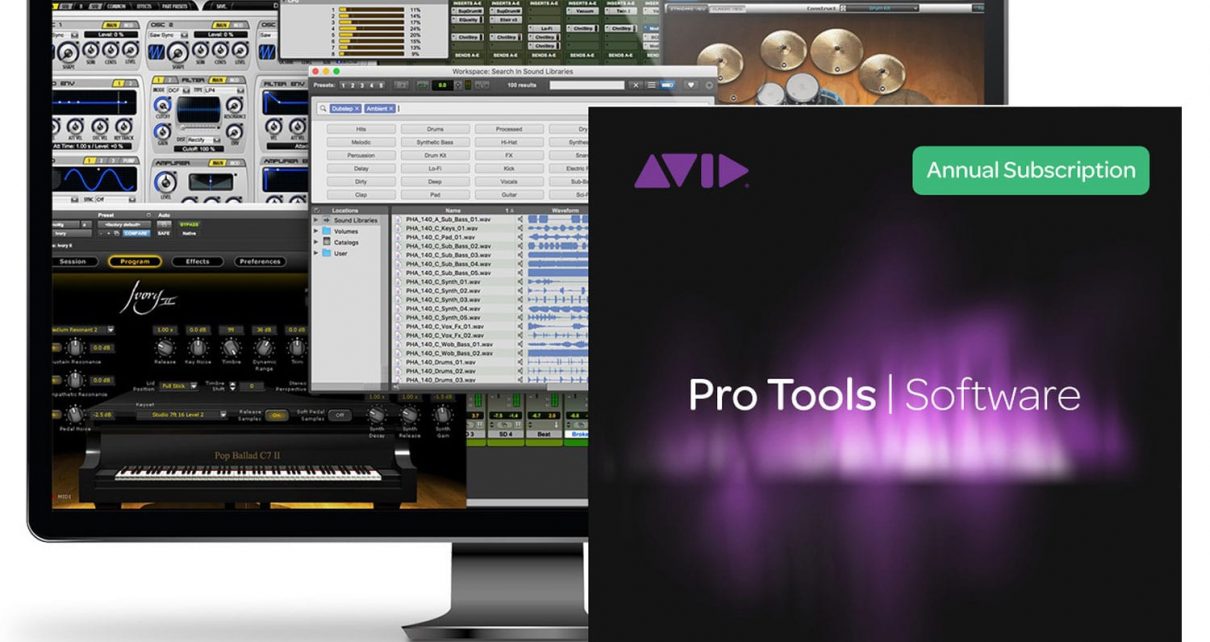
- #DIGIDESIGN PRO TOOLS 9 TORRENT FOR FREE#
- #DIGIDESIGN PRO TOOLS 9 TORRENT SERIAL#
- #DIGIDESIGN PRO TOOLS 9 TORRENT UPDATE#
- #DIGIDESIGN PRO TOOLS 9 TORRENT UPGRADE#
- #DIGIDESIGN PRO TOOLS 9 TORRENT PRO#
#DIGIDESIGN PRO TOOLS 9 TORRENT PRO#
In Pro Tools HD 6.9.3, I managed to run 95, 65 and 16 instances respectively of these three plug-ins. In order to test this, I did some experiments with three different PT7-optimised RTAS plug-ins from URS ( S Series EQ, Fulltec EQ, and the 1970-CLS dynamics plug-in) on my dual-2.7GHz Power Mac G5 with processor usage set to 85 percent in Pro Tools and a buffer size of 512 samples.

In Digidesign's tests, the company quote getting a 83 percent improvement when running D-Verb, 60 percent with NI's Battery 2, and 151 percent with EQ III. To configure this, there's a new option in the Playback Engine Setup window called RTAS Processors where you can set the number of processors to use for RTAS plug-ins. The engine for running RTAS plug-ins is now multi-threaded and fully supports multiple processor cores (for both dual-processor and dual-core systems) and technologies such as Intel's Hyperthreading. I let the installer run over my existing installation and, other than a new splash screen, the process is identical to installing previous versions of Pro Tools.Īs mentioned in the main text, with HTDM plug-ins no longer supported in Pro Tools 7, Digidesign have dramatically improved the performance of RTAS plug-ins for both HD and LE users.
#DIGIDESIGN PRO TOOLS 9 TORRENT UPDATE#
To start with, I installed the 7.0 HD update on my dual-2.7GHz Power Mac G5, which was already running the latest customer service release of 6.9.3.
#DIGIDESIGN PRO TOOLS 9 TORRENT FOR FREE#
While these manuals are available for free on-line as PDFs, I like being able to have a printed copy on my desk, especially as Digidesign's documentation is generally pretty well written.
#DIGIDESIGN PRO TOOLS 9 TORRENT UPGRADE#
Those ordering upgrades can order upgrade documentation for an additional $15 plus postage, or a full set of documentation for $30. If you're reading this before December 20th 2005, it's worth investigating Digi's Upgrade Plus option, which costs $70 more for the HD version and $24 more for the LE version, but allows you to choose two extra plug-ins from a very tempting selection. Pro Tools LE retains the existing serial-number authorisation process, which is good because not every LE user has an iLok - or any free USB ports! The M-Powered version for M Audio hardware does require an iLok authorisation, but as it's so new, Digidesign are making the version 7 update a free download for existing users. This stops larger facilities (or even groups of friends) buying one copy of the upgrade and installing on it on a number of different systems, which seems fair enough, and all Pro Tools HD systems already come with an HD Bundle iLok anyway.
#DIGIDESIGN PRO TOOLS 9 TORRENT SERIAL#
Another change for version 7 of Pro Tools HD is that the application now requires an iLok authorisation instead of a serial number, regardless of the Digidesign hardware configuration you're running. Version 7 is the first paid upgrade of the Pro Tools software you can actually buy and download on-line. The question is, can Pro Tools really become the only audio and MIDI workstation you'll ever need, as Digidesign are hoping? Time For An Upgrade

In many ways, Pro Tools 7 is the most important release of the Pro Tools software to date. During this time Digidesign have also released a new Icon family of control surfaces (which we'll review in SOS soon), aiming to give people an integrated alternative to traditional mixing consoles, and Venue, a live mixing console based on Pro Tools technology. These added key features such as automatic delay compensaton, Track Punch, input monitor buttons, 23.976 frame rate support, MIDI step input, improved RTAS instrument support, enhanced tempo manipulation and MIDI functionality, AFL/PFL solo, better plug-in organisation, and the new EQ III plug-in. Pro Tools 7 arrives a whole three years after version 6, but Digidesign have released many significant upgrades in the interim. Since the release of Pro Tools 5, however, the software element has become more important and is arguably now the core of the system, with Pro Tools ' audio recording, editing and mixing tools complemented by comprehensive sequencing functionality.

Will this release keep Digidesign on top?ĭigidesign's Pro Tools started out mainly as a hardware platform, with most users opting for alternative host software. With new MIDI sequencing functionality among many other features, Pro Tools 7 is intended to be the ultimate audio and MIDI workstation.


 0 kommentar(er)
0 kommentar(er)
